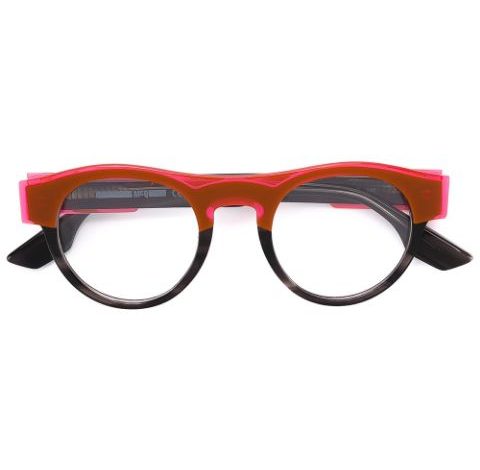Causes of Hyperopia
Farsightedness occurs when light entering the eye is not focused onto the retina (the back of the eye). If the eye is too short, or the front of the eye (the cornea) is too flat, the light will not focus where it should, meaning the eyes need to compensate (focus harder) in order for the vision to be clear. Far sighted people can generally see, but it takes a lot of effort for their eyes to maintain the vision. Naturally, we all become farsighted as we get older, usually from early 40’s.
Symptoms of farsightedness are usually experienced when you need to read or work on the computer. Young children are usually less affected compared to older individuals. This is because the eye’s focussing ability is stronger in childhood and gets weaker as we get older.
Symptoms of Hyperopia
- Headaches on the front or sides of the head
- Eye Strain
- Difficulty concentrating or focusing on nearby objects
If you experience any of these symptoms, an eye exam is indicated, and reading spectacles can be prescribed. In cases of high hyperopia where even the distance vision is affected, contact lenses are an option as well.


